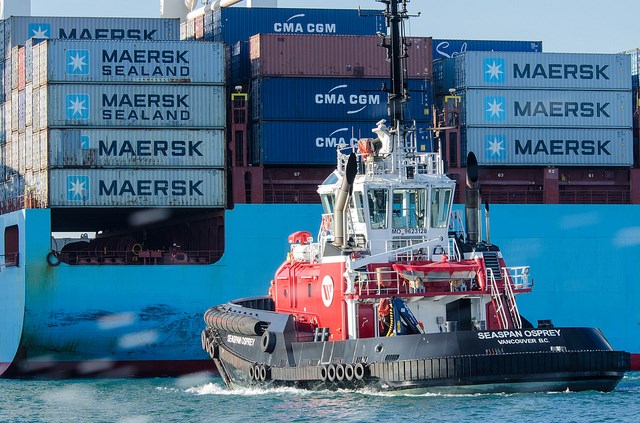Shipping containers used for purposes other than shipping can pose a significant safety risk, a new WorkSafeBC video suggests.
“Shipping containers are being repurposed all over B.C.”, said Dan Strand, director of prevention field services, WorkSafeBC in a press release. “The containers are designed to be watertight, which means they are well sealed with little or no ventilation — ideal for shipping purposes but potentially dangerous for other uses.”
According WorkSafeBC, when there is little ventilation, vapours or gases from common flammable or combustible substances in combination with an ignition source, can produce a dangerous incident. The ability of a shipping container to withstand high levels of internal pressure also increases the risk of explosion.
In other words, if a container explodes, it does so with considerable force. In fact, in 2013 in Saanich, a propane barbecue stored inside a shipping container caused an explosion that blew one of its doors 40 metres into a public park.
WorkSafeBC says it’s possible to reduce the risks by following these practices when using shipping containers outside the shipping industry:
- Determine if any flammable or combustible products are kept inside the shipping container. If so, move them out of the container to a well-ventilated location.
- Modify the container by installing ventilation that allows vapours to dissipate. Installing ventilation will reduce the risk of explosion, but some residual risk will generally remain. Avoid storing flammable or combustible products in shipping containers even if ventilation has been installed.



